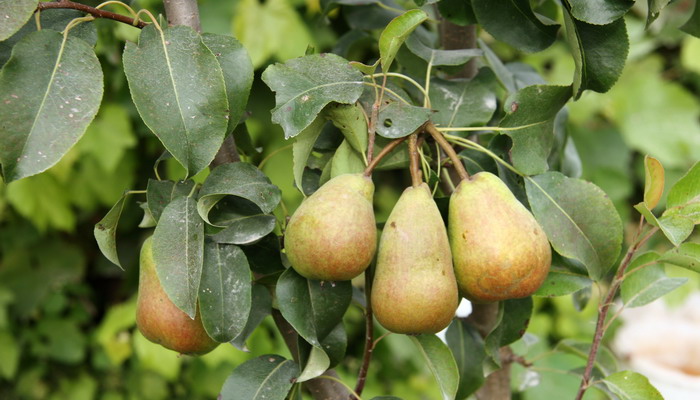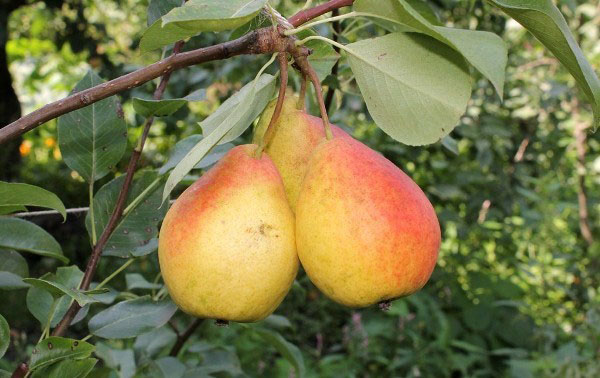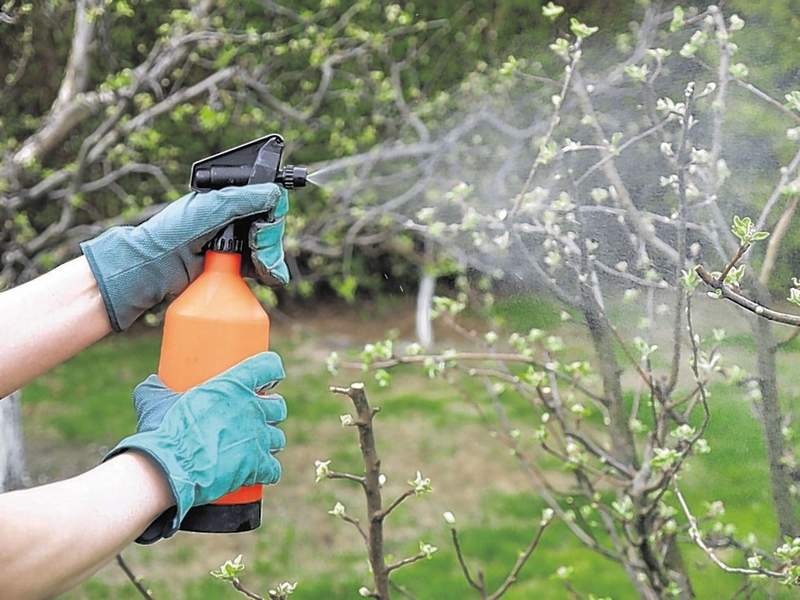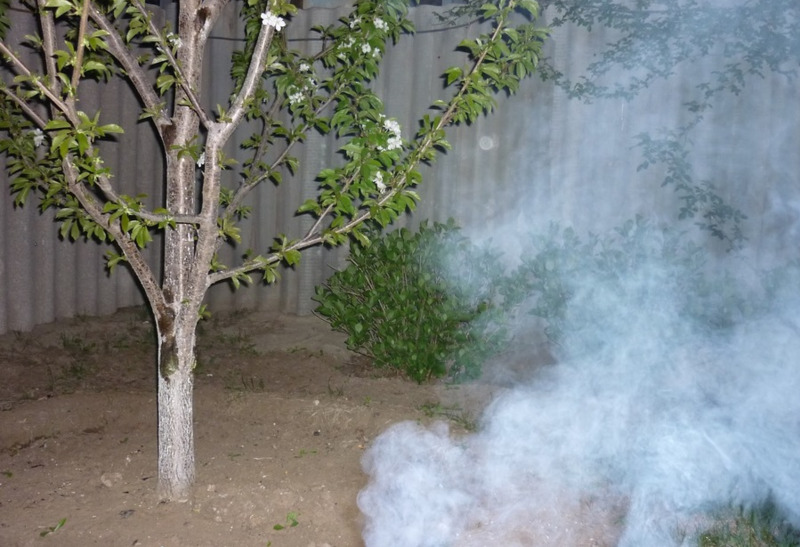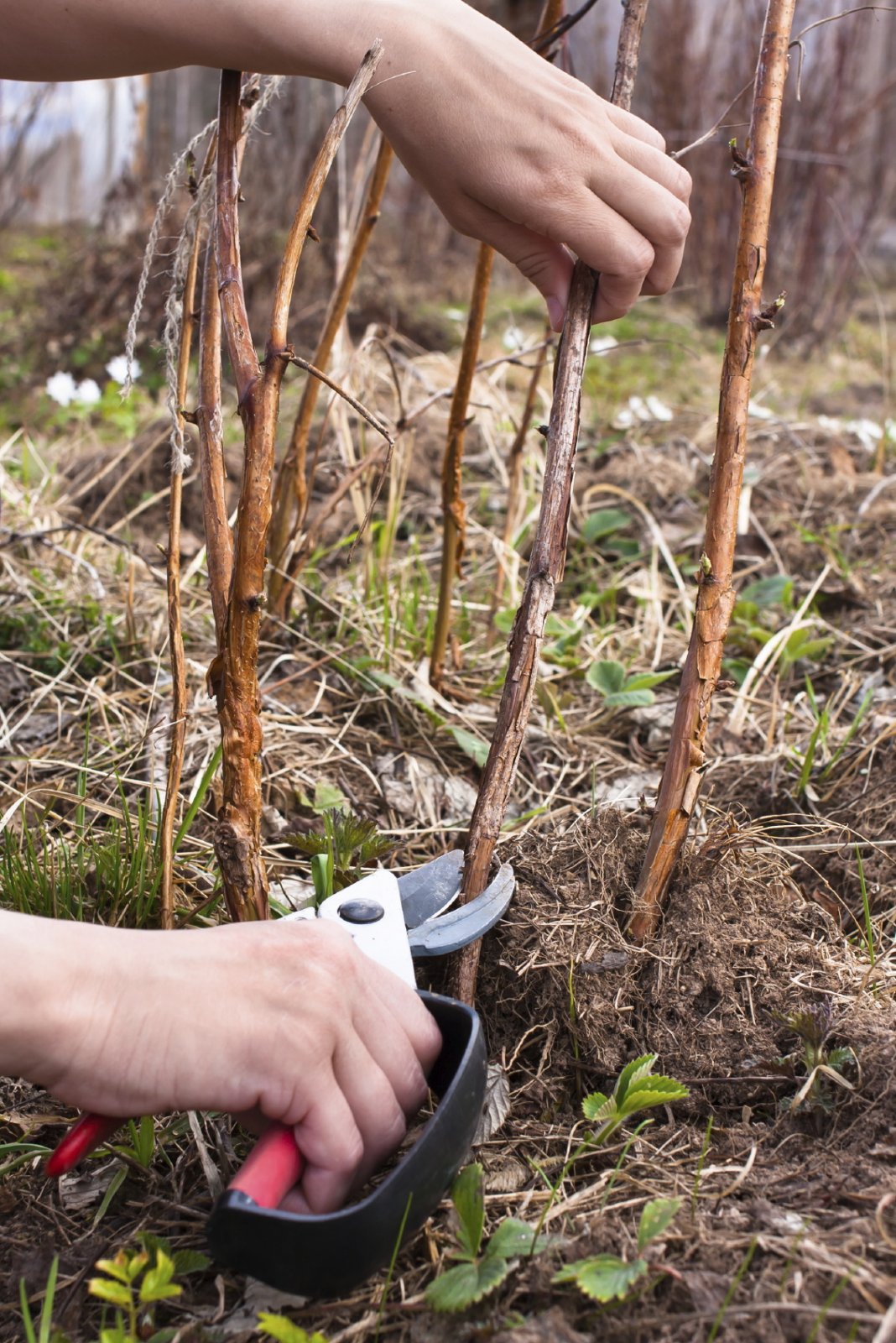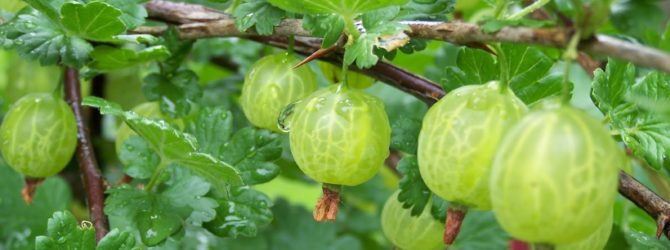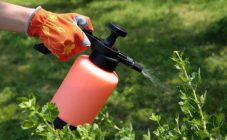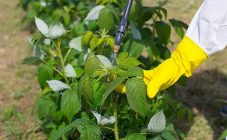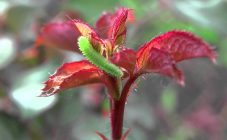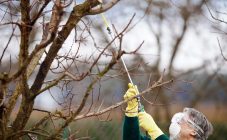Content:
Many gardeners are afraid to plant a pear on the site, believing that this culture is very capricious. Indeed, it suffers from various diseases and pests much more often than an apple tree. However, this problem can be successfully dealt with using industrial means and folk “grandmother's” recipes. The best way to protect pears from disease and parasites is preventive spraying.
A quick reference about culture
Pear is a fruit tree of the pink family, has a dense crown in the shape of a pyramid, leaves are ovoid. The fruits are distinguished by high taste, are recommended for fresh consumption and for home preservation. Fruits are oblong, wide at the bottom. The pear loves fertile and loose soil.
Description of popular varieties
In Central Russia, the following pear varieties are most popular:
- Bryansk Beauty... The fruits are distinguished by high taste, they tolerate transportation and long-term storage well.
- Lada. This variety is popular with those who prefer early picking of pears. The tree bears fruit in large quantities and is rarely affected by scab.
- Cathedral... Pears ripen together, look beautiful, but are not stored for long.
- Severyanka characterized by good frost resistance and amicable ripening of fruits.
Despite all the advantages, these and other varieties have one significant drawback: due to improper care and the "whims" of the weather, plants often suffer from fungal and viral diseases, and are also affected by dangerous pests. But if the trees are regularly cultivated, many troubles can be avoided.
Diseases of pears and their symptoms
Diseases of pears cause many problems for summer residents, especially beginners. To diagnose the disease in time, you need to know its symptoms.
- Scab - a fungal infection that manifests itself as gray spots on the leaves and fruits. The spots can be of different sizes: sometimes they are several small, and sometimes one large. Sticky leaves on the pear can also be a sign of scab.
- Fruit rot looks like gray growths on the fruit. The flesh of the affected fruit loses its sweet taste and becomes friable.
- Sooty fungus - black bloom on leaves and fruits, which is almost impossible to remove.
- Powdery mildew - a fungal disease that appears from excess moisture. It appears as a whitish bloom on the leaves.
In addition to diseases, parasites living on the pear cause a lot of trouble. Pests of apple and pear trees, the fight against them is a sore point for many summer residents. The hawthorn butterfly destroys the foliage, and the sawyer devours the fruit. The gall mite multiplies very quickly, and this is its main danger. The leaf roll can cause significant damage to the pear. Different methods of exposure are applied to different parasites.
Spraying rules for trees
The main rule is that the pear needs regular spraying, since 1-2 single events per year will not help to cope with diseases and parasites. You need to process the pear garden on schedule. Also keep in mind the following:
- The first spring spraying should be done before bud break. The main thing is to spray on time and not be late. If the kidneys are already there, they can die from the chemicals.
- The second spraying is carried out when young foliage appears. When processing a pear, on which leaves have already appeared, from aphids, you must first collect its larvae. The easiest way to do this is to take a plastic container, place it under each branch and shake it. The aphids will fall into the container by themselves. If you do not collect the larvae, there will be no point in spraying.
- The branches most affected by the disease must be removed and burned before spraying. If this is not done, but simply thrown away, the infection will spread again.
- Spraying with industrial insecticides should be carried out with gloves and goggles.
All trees in the garden are sprayed at the same time, otherwise the pests will run from the sprayed tree to those that are not treated. If a fruiting pear was sprayed, the fruits must then be washed thoroughly before eating. This rule should be observed not only if store-bought chemicals were used, but also if the pear was treated with folk remedies.
You can spray active substances both from a purchased and from a homemade spray bottle. It is more convenient to make a sprayer with your own hands, since purchased ones, as a rule, have a small volume.
Before diluting chemicals in water, you need to carefully read the instructions and strictly observe the proportions. An overdose of the drug can adversely affect the condition of the pear tree.
Choosing “grandmother's” means for spraying, the summer resident should be prepared for the fact that they are less effective than chemicals. Also, in order for folk remedies to work, you need to apply them systematically, and not one-time, that is, several times in a row. Only then will the result be noticeable. It is best to take information from trusted sources, you can also consult with experienced summer residents.
Processing calendar
You need to know not only how to process the pear, but also when it is better to do it. Processing of pears in the spring against pests and diseases is carried out many times. The best time to do this is the spring season before bud break, after bud break and after flowering ends. Processing should be carried out in March, April, late May - early June. You can take a break in the middle of summer.
The best time for processing in the fall season is late August-early September. The final spraying is carried out in late autumn, after the harvest has been harvested and all the leaves have already fallen. At this time, the tree enters a dormant period and prepares for winter rest.
Chemicals
Many summer residents are concerned about the question of how to spray a pear. Folk remedies are quite effective, but pear parasites quickly adapt to them. In the fight against pests and diseases, summer residents often use chemicals that are sold in specialized stores. Here is a list of the most popular drugs of this kind:
- The drug topaz helps against powdery mildew. The dosage is 4 ml per 20 liters of water.
- 1% Bordeaux liquid and 1% copper sulfate solution are excellent remedies for sooty fungus.
- Horus and Abiga-peak copper preparations also effectively fight the fungus. You need to dilute them, following the instructions that come with the package with the chemical.
- Preparations of fast and crayfish are diluted with 4 ml of active substance in 2 buckets of water. They quickly destroy the gall mite population.
Preparations from sulfur and phosphorus help well against pests. The most popular are karbofos (100 g for 2 buckets of water) and chlorophos (40 g for 2 buckets of water).
Traditional methods of control and prevention
If the summer resident does not know how to spray a pear from pests and diseases, old proven means will come to the rescue. Folk products are valuable because they are always available and easy to use. Among the popular "grandmother's" methods of combating diseases and pests, the following should be distinguished:
- iodine solution (20 ml for 2 buckets of water) will help well against fruit rot;
- 100 g of citric acid in 2 buckets of water, add 50 g of ferrous sulfate, spray against fungal diseases;
- dandelion decoction helps well against aphids. Take 1 kg of chopped dandelion stalks, insist 24 hours in 2 liters of water. Boil, add 2 heads of grated garlic, strain, pour into 1 bucket of water, in which 30 g of green soap is already diluted;
- 2 kg of finely chopped potato tops pour 20 liters of water, insist for 4 hours, strain, add 2 tbsp. spoons of any liquid soap. This remedy is the most appropriate answer to the question of how to treat a pear in the spring from pests and diseases.
Fumigation also helps with pests. To do this, you need to mix straw with tobacco dust, form a pile and set it on fire. When the smoke goes, the pests will begin to die, it remains only to collect them from the ground and burn them. This is an excellent remedy for gall mites. Ants also die during fumigation.
To prevent damage to pears by diseases and pests, you need to ensure that the soil on which the tree grows is not too wet, as this provokes the development of the fungus. During pruning, you should immediately destroy (burn) all branches on which there are the slightest manifestations of disease (pest damage). If apple trees grow in the garden next to pears, they also need to be sprayed, since some pests (for example, the moth) equally "love" both pears and apple trees, and can run from one tree to another.
Most disease resistant varieties
To prevent diseases and pests from causing a lot of trouble, it is worth purchasing seedlings that have strong immunity to fungus and parasites. Below are the most disease-resistant varieties of pears suitable for growing in the Middle Lane:
- Severyanka;
- August dew;
- Marble;
- Clapp's favorite.
However, even if varieties that are resistant to diseases and pests grow on the site, you need to regularly inspect the trees so as not to miss dangerous symptoms.
Controlling pests and diseases of pears is quite difficult, but for the sake of a good harvest, it is undoubtedly worth the effort.
